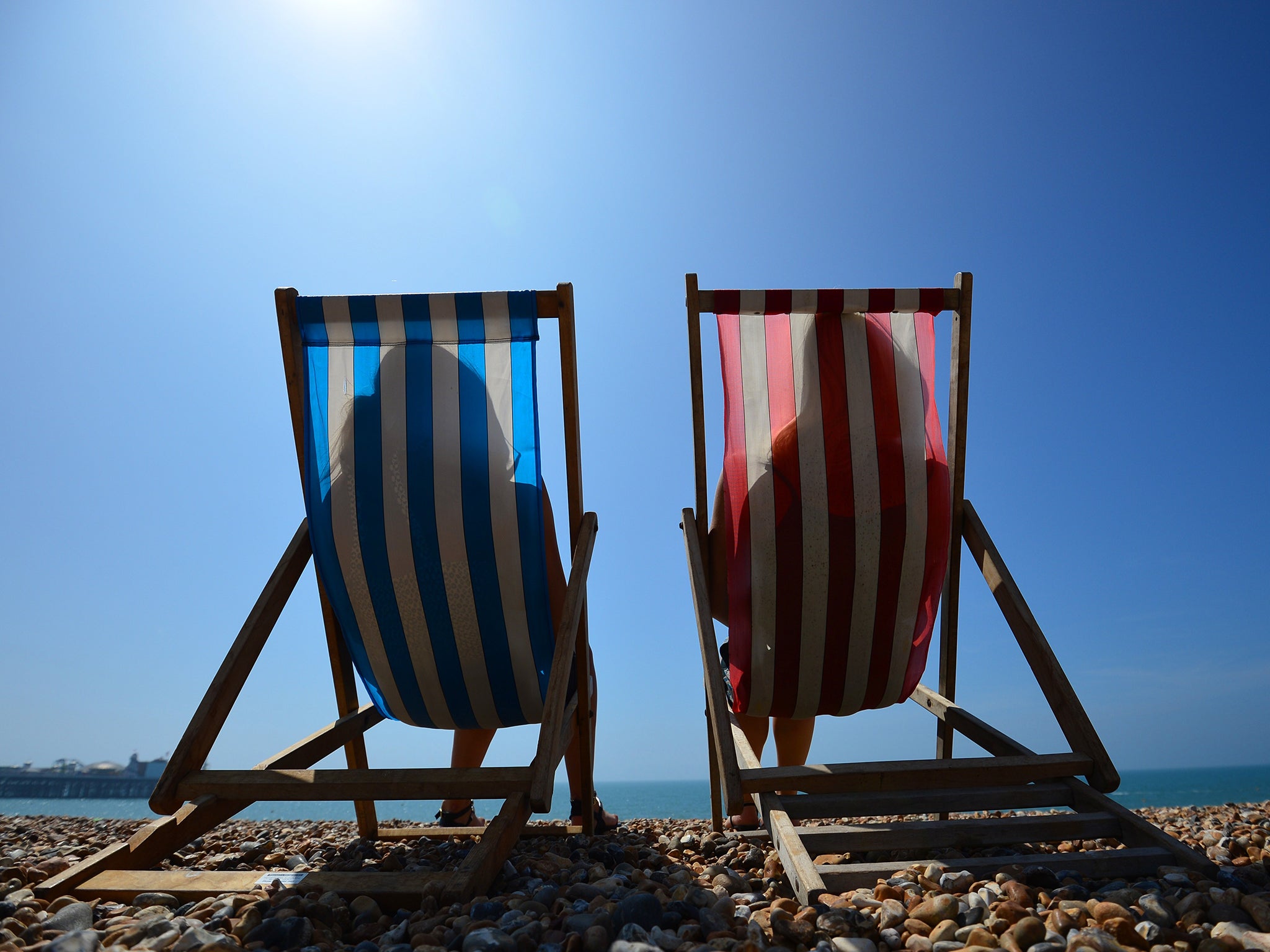UK weather: Billions of litres of extra water on standby as heatwave approaches
Some 450 million litres of water per day is on standby – enough to fill 900,000 paddling pools

Your support helps us to tell the story
From reproductive rights to climate change to Big Tech, The Independent is on the ground when the story is developing. Whether it's investigating the financials of Elon Musk's pro-Trump PAC or producing our latest documentary, 'The A Word', which shines a light on the American women fighting for reproductive rights, we know how important it is to parse out the facts from the messaging.
At such a critical moment in US history, we need reporters on the ground. Your donation allows us to keep sending journalists to speak to both sides of the story.
The Independent is trusted by Americans across the entire political spectrum. And unlike many other quality news outlets, we choose not to lock Americans out of our reporting and analysis with paywalls. We believe quality journalism should be available to everyone, paid for by those who can afford it.
Your support makes all the difference.Billions of litres of extra water is being readied to pump into the south of England as Britain faces another heatwave with temperatures to straddle 30C (86F) this week.
Some 450 million litres of water per day is on standby - enough to fill 900,000 paddling pools, according to Thames Water.
On a hot day, water consumption in London increases around 14% and this shoots up to 27% in Thames Valley as people escape the capital, the company said.
Alex Burkill, a meteorologist with the Met Office, said Britain would start to heat up on Monday and peak on Tuesday and Wednesday with temperatures in the high 20s and breaking 30C in some places.
It will be hottest in the south and south-east of England, but will fall short of mid July's record this year of 33.5C (92F), he said.
The heatwave could add to further rail misery as exceedingly high temperatures can cause steel tracks to buckle. Network Rail has previously imposed speed limits to avoid danger to commuters.
Mark Jenner, head of operations systems at Thames Water said: "We have a team of specialists who weather-watch throughout the year and use their years of experience to estimate how much water our customers will use during a hot spell.
"In some places demand for water in the evening nearly triples, so it's up to us to do the maths, put more water through our treatment works and get that extra water into supply."
On an average day Thames Water puts 2,100 megalitres ( one megalitre is one million litres) into London's water supply, and 550 megalitres into the Thames Valley.
On hot days, it puts in around 2,400 megalitres into the capital and 700 megalitres to the rest of its region.
The hottest day on record was 38.5C (101F) in Faversham Kent, August 10 2003.
Press Association
Subscribe to Independent Premium to bookmark this article
Want to bookmark your favourite articles and stories to read or reference later? Start your Independent Premium subscription today.
Join our commenting forum
Join thought-provoking conversations, follow other Independent readers and see their replies
Comments